7 Tips to Creating the Perfect Antihero
Today’s guest post is by Stephanie Norman:
An antihero is the central protagonist in a literary piece, movie, or comic book who lacks the conventional attributes of a hero. Unlike a traditional hero, he is characterized with aggressiveness, clumsiness, dishonesty, or other terrible habits that make him more flawed and distasteful. Nevertheless, he is still the hero of the story because his magnificent traits make him more appealing than loathsome.
Antiheroes are flawed, just as all people are. The light and the dark sides are in a never-ending battle, and their souls are the battlegrounds. Of course, the good in them has to win at some point. Otherwise we would simply call them villains.
A traditional literary hero is the perfect role model. He is brave, strong, and focused. This character always does the right thing, no matter how tempting the situation is. He is Odysseus, Cyrano de Bergerac, and the Little Prince.
Idealistic heroes rarely work for contemporary readers though. The modern heroic qualities are somewhat similar to the traditional ones, but they gravitate towards the dark side too. Readers want to see complex characters that don’t always do the right thing but are heroes nonetheless.
What’s the first character that comes to mind when you’re trying to think of the perfect antihero?
With all that Star Wars hysteria going around, it’s probably Darth Vader. Some people would categorize Vader as a pure villain, but the character is much deeper than the initial impression he gives. Was he always selfish, or was he more complex and even a man who loved? The stereotypic characteristics make him the villain in the story, but he is still the one who brings balance at the end. To careful observers, Vader is a well-conceptualized antihero.
Let’s name few literary characters that can be classified as antiheroes: Tyler Durden, Jay Gatsby, Alex from A Clockwork Orange, Huckleberry Finn, Dmitry Karamazov—the list can go on for pages. All examples prove the same: antiheroes are pretty awesome. Readers love them because they can understand them and maybe even relate to them.
How can you create a flawed character that your readers would love? These 7 tips will help you understand what is it that readers want to see.
- Make the character flawed
When you’re trying to awaken the reader’s sympathy toward your hero, you might be tempted to make him too perfect. Is he good-looking, smart, kind, reliable, strong, and humble? Does he find the right words in every situation? If so, then you went too far by making the character flawless.
Think about Prince Myshkin from Dostoevsky’s The Idiot. Sometimes you think he is too good to be true. Nevertheless, the author added depth to his character by making him confused, especially toward the end of the novel. His perfection is presented as the greatest flaw that led him to the wrong choices.
- No matter what his actions are, the intentions are always good
An antihero may hurt some people, but he is always guided by noble goals. Robin Hood is a classic example: he steals from the rich, but he does so to help the poor.
- Why is he bad? Find a good reason and explain it
We see Vader fighting on the side of evil, but his actions come from the deep struggle and rebellion against the limitations of the light side. What causes your character to move to the dark side? Think of some events that made him troubled and think of his path. The psychology of your antihero is important. His actions should result from deep personal impressions that left a huge mark on his personality.
- He makes difficult decisions
The inner struggle needs be apparent when your antihero is making important decisions. He is always torn between his own wishes and the needs of other people. An overprotective father might put his daughter to shame in front of a suitor, who wants her for her money. After a difficult personal struggle, he chooses to hurt the feelings of his daughter for her own good. That’s an antihero right there.
- Give him enough qualities
Not many readers like to sympathize with extremely bad characters. We’d like to believe they are good deep inside, and we always find a way to justify their actions. That’s what we want to see in the perfect literary character. You should bring the balance through redeeming qualities, which will make readers sympathize with the character. If you want them to care about what happens to the antihero, they should able relate to his good side.
- He makes a change in people’s lives
Steppenwolf by Hermann Hesse presents one of the most troublesome antiheroes in literature—Harry Haller. He gravitates toward the dark side of loneliness and even self-aggression. However, there is still a good side to him: he loves music, literature, and love. Not many people like him, but the ones close to him care because he influences their lives.
When you are developing an antihero, the other characters in the story should feel the need to help him.
- The antihero is a realist
A traditional hero is an idealist with a defined moral code. He is breezy, positive, and he does everything the way society expects him to do. These characters are great for children’s stories, but they don’t work for adult readers. A villain, on the other hand, is the other extreme: he is usually a criminal, he doesn’t love anyone, and he hurts people just because he can. The antihero is somewhere in between—he is a hardcore realist.
The antihero does not play by the rules of society. He has his own moral code that may collide with other people’s expectations. He can be passive or aggressive when you least expect him to act that way. This is the main thing to keep in mind when developing the perfect antihero: he is only human, after all.
Develop a Flawed Character that Everyone Hates to Love
You can develop the perfect antihero by creating a flawed character with good intentions, complex inner struggles, and the many qualities that make us care. Readers should understand where the character’s actions come from, because the main intentions are always noble. The bad actions and dark personality traits have reasonable justifications, but the good qualities always prevail.
The most important thing to remember is that an antihero changes with the story. Your reader should get the impression that this person was not created for the sake of mere entertainment. He presents the values and features of a real person. He gives us motivation to stand up and fight for the things we believe in.
 Stephanie Norman lives in Sydney, Australia, and has been a contributing blogger and professional writer for four years. She writes academic and creative content covering writing, content marketing, and inspirational issues. Also, she provides editing services as a freelancer for Australian Writings, a company that offers assignment help for students. You can follow her on Facebook and Google+.
Stephanie Norman lives in Sydney, Australia, and has been a contributing blogger and professional writer for four years. She writes academic and creative content covering writing, content marketing, and inspirational issues. Also, she provides editing services as a freelancer for Australian Writings, a company that offers assignment help for students. You can follow her on Facebook and Google+.

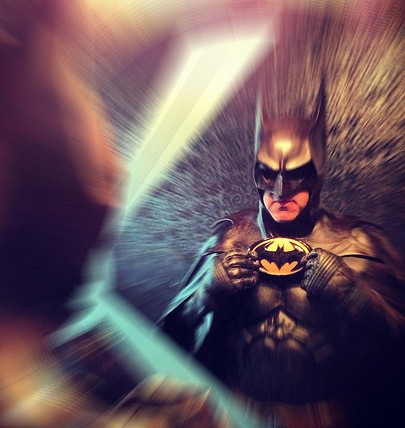
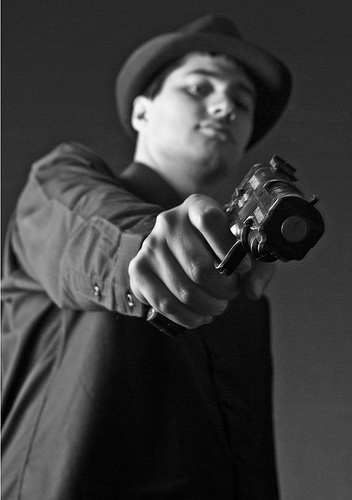
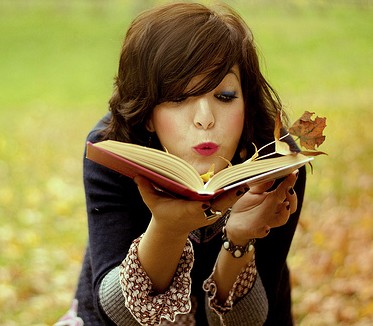

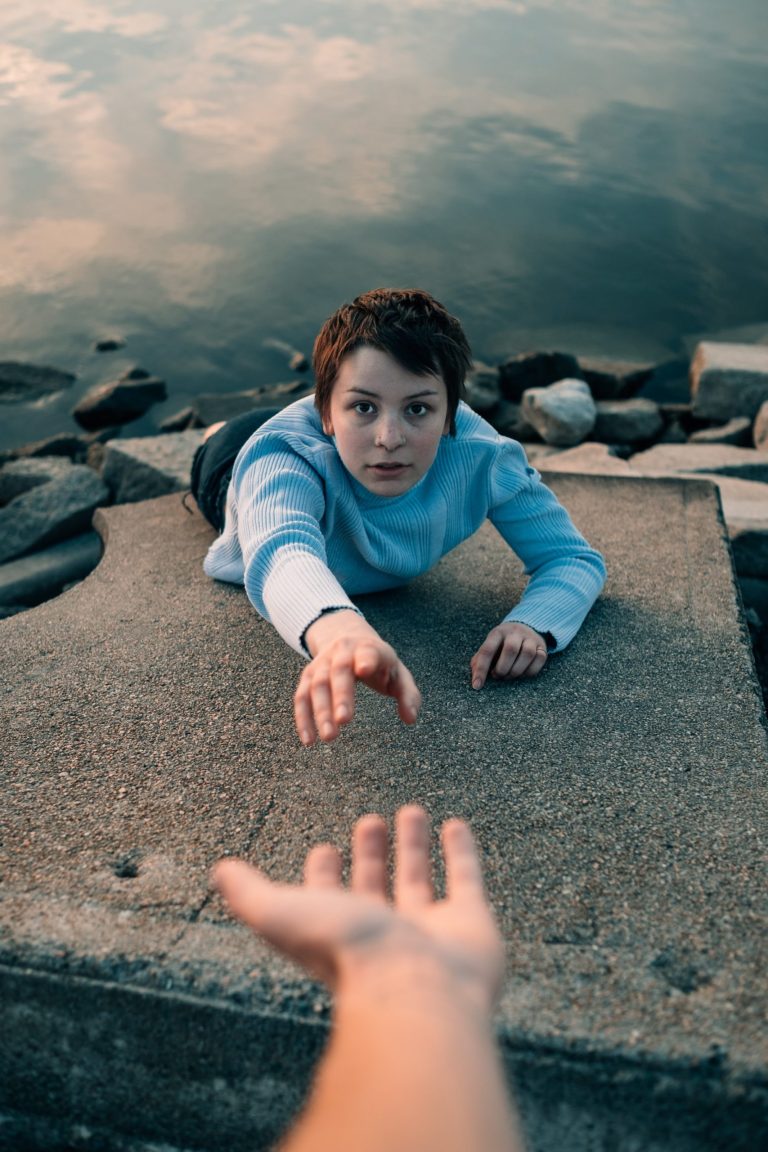
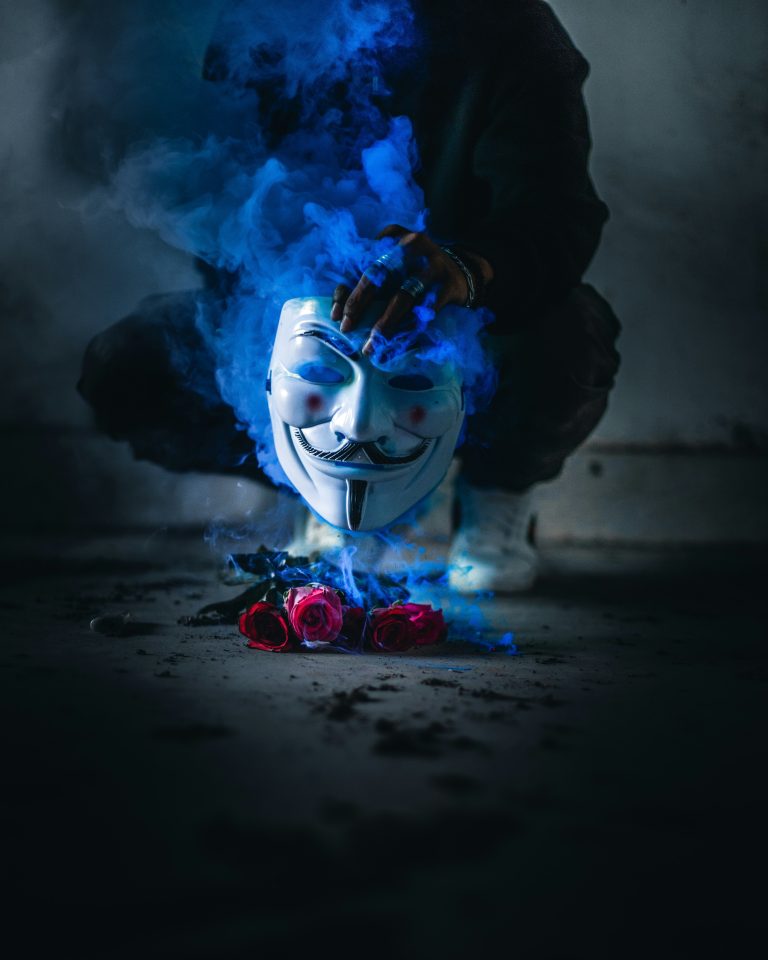





Deadpool would be my perfect example of an antihero.
Also, the article doesn’t make it seem like it.. but women can be antiheroes too! I write em all the time 🙂
Antiheroes are fascinating. Creating complex characters is fun and interesting, and they now seem to comprise the bulk of fiction and film protagonists. I guess I don’t think of Vader as an antihero, though–more of a villain we come to understand (though certainly not in the first film). To me, antiheroes are flawed protagonists, like Aristotle’s rogues, with some trait, quality, a vulnerablity, a touching or harrowing backstory that makes us stick with them, often as they struggle throughout the piece to accomplish one right or redemptive act. Even if they die doing it. Frank Galvin in THE VERDICT instantly comes to mind as a quintessential film antihero. Harry Bosch in crime fiction, as a cop who crosses the LAPD code to abide by his own code that only the truth matters. Like all villains, Vader may be the “hero” of his own story but, as a non-protagonist, I have trouble seeing him as a true antihero. Han Solo maybe.
In our book “Reel Heroes & Villains” we dissect the hero and the anti-hero. We determined that an anti-hero is one who ends up in a bad place. That is, an anti-hero is really a villain who is the protagonist of the story. A case in point is Louis Bloom of the movie “Nightcrawler.” This is a character who starts out flawed, yet likable. But as the story progresses he falls deeper and deeper into depravity until there is nothing much that we admire about him.
This is in contrast to someone like Batman. Batman is a dark hero, to be sure. But he is working towards good ends: he is saving Gotham from the Joker. Since he ends up in a good place, he is still a hero, not an anti-hero.
Other examples of the anti-hero are Bonnie and Clyde, Butch Cassidy and the Sundance Kid. And even Llewyn Davis from the movie “Inside Llewyn Davis.” These are all characters who are basically sympathetic, but ultimately are on the wrong side of the law, or just fall into a dark place.
I only came across this blog today for the first time. It seems to confirm to me that I made the right choices for my characters in my book I am close to completing. Thanks for giving me a boost in confidence…
I think that as a person I am a flawed person myself, and I found myself pouring a bit of everythings that’s me into the characters I created. 🙂
With all due respect, Darth Vader is a terrible example for an ani-hero. He shows no regret or compassion, and his “sacrifice”for balance can be described as selfish as well, since his motivation is to make amends with his son, in short the evil heavily outweighs the good. He is a good villain, not an anti-hero. A much more appropiate example would be Galen Erso or Saw Gerrera, if you stretch the definition you could maybe add Qymaen jai Sheelal. That being said, cool blog.
I didn’t have any expectations concerning that name, but then the more
I was astonished. The author did a terrific job, he reminded me about the writer that wrote this https://taylordawn-author.com/. I
spent a couple of minutes reading and assessing the facts.
Everything is clear and understandable. I enjoy posts that fill in your knowledge gaps.
This one is of that kind. Moreover, I like the way the writer organized his thoughts as well as the visual part.
I’m fascinated by antiheroes, and I greatly enjoyed your article. But I’m not sure that antiheroes need be realists. They are flawed, and like many of us, they may be engaged in a struggle to figure out what is real and what is not. But they cannot be totally unrealistic. Don Quixote has been characterized as an antihero, but I disagree: an antihero cannot be totally nuts. The reader must find him or her relatable, i.e., complex.